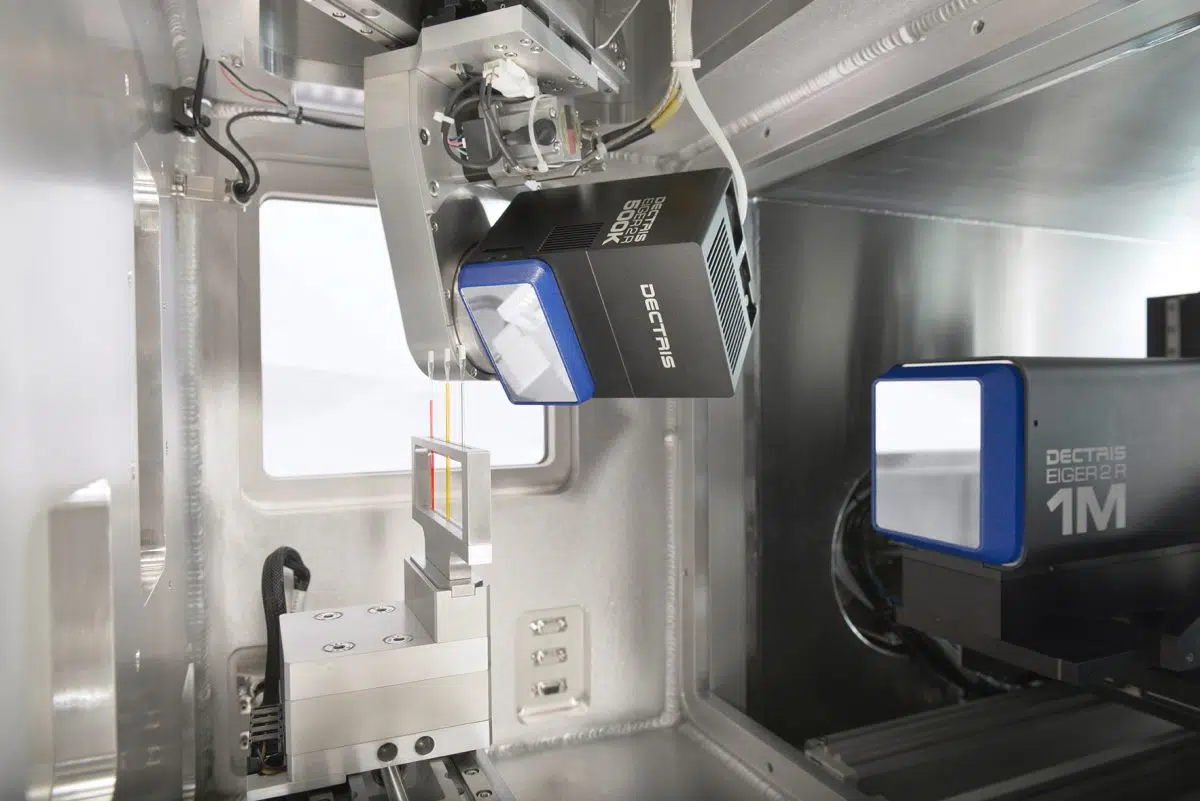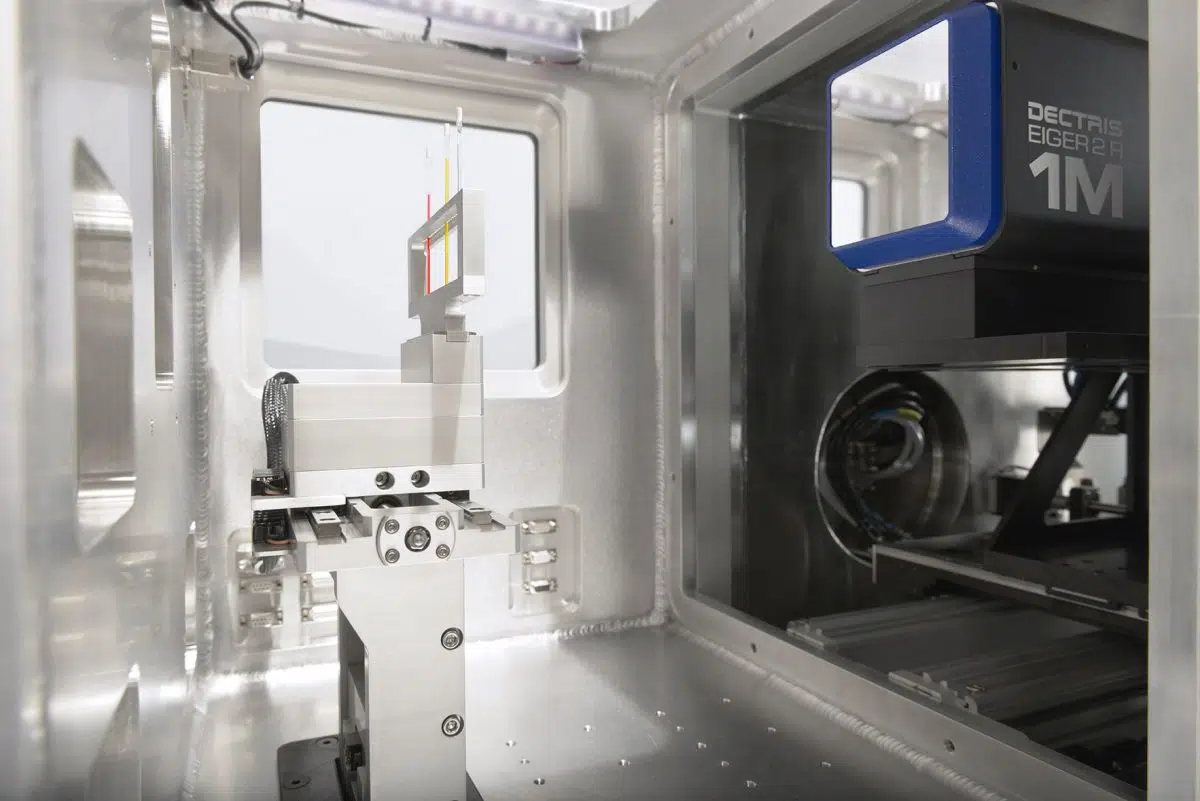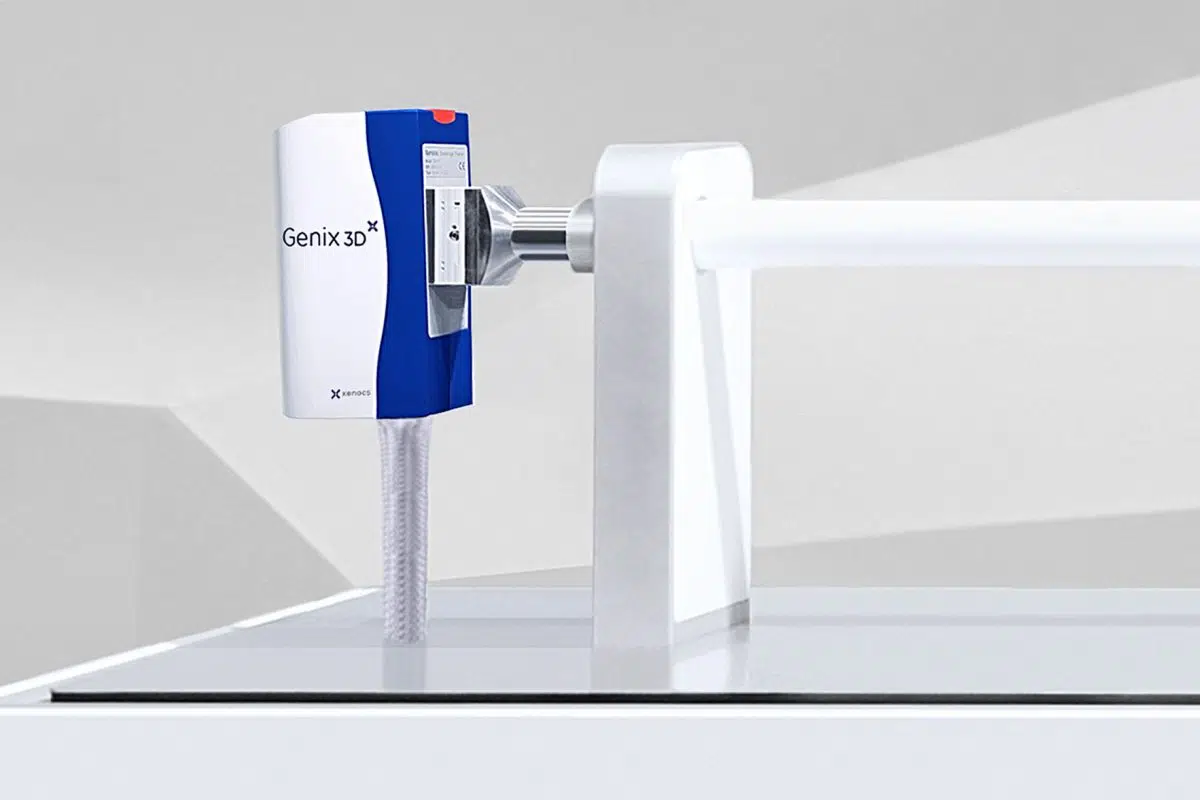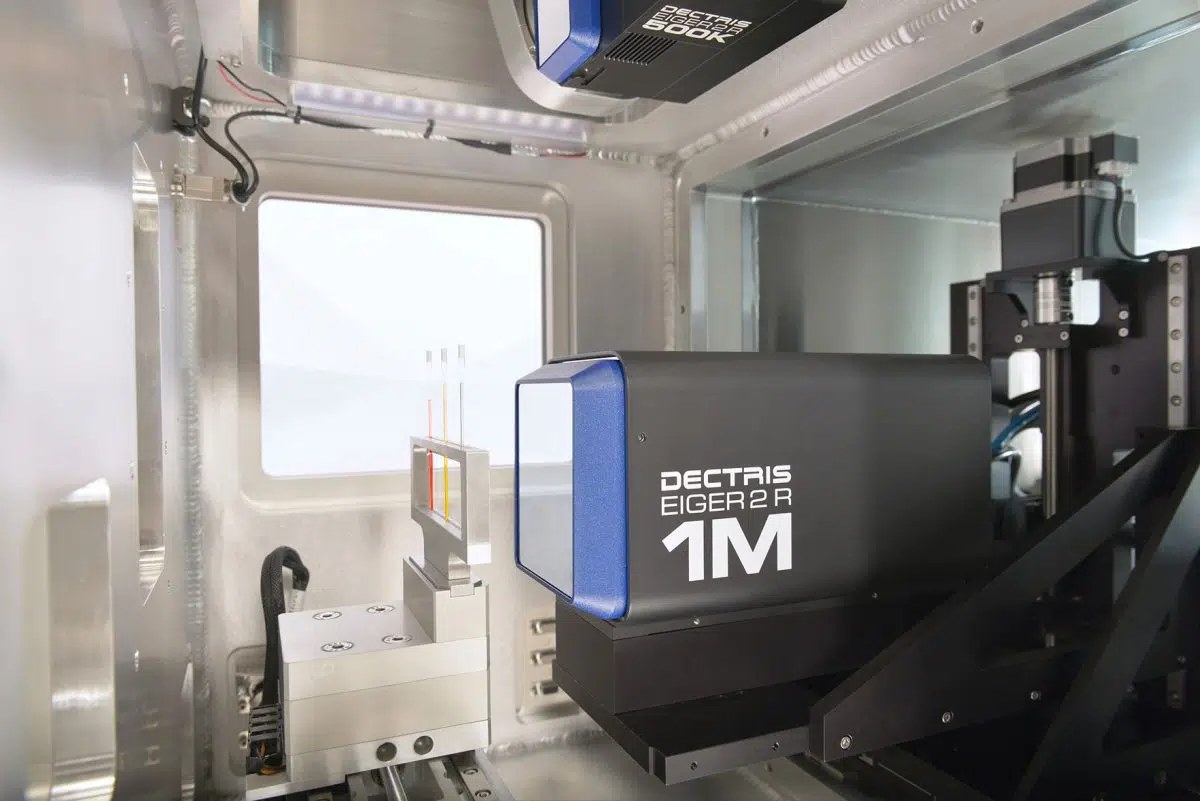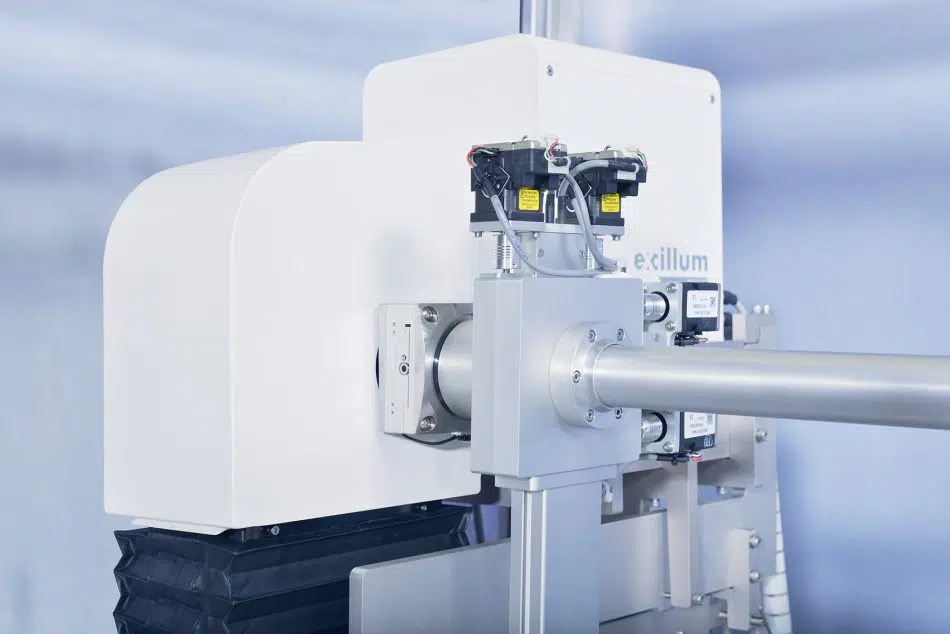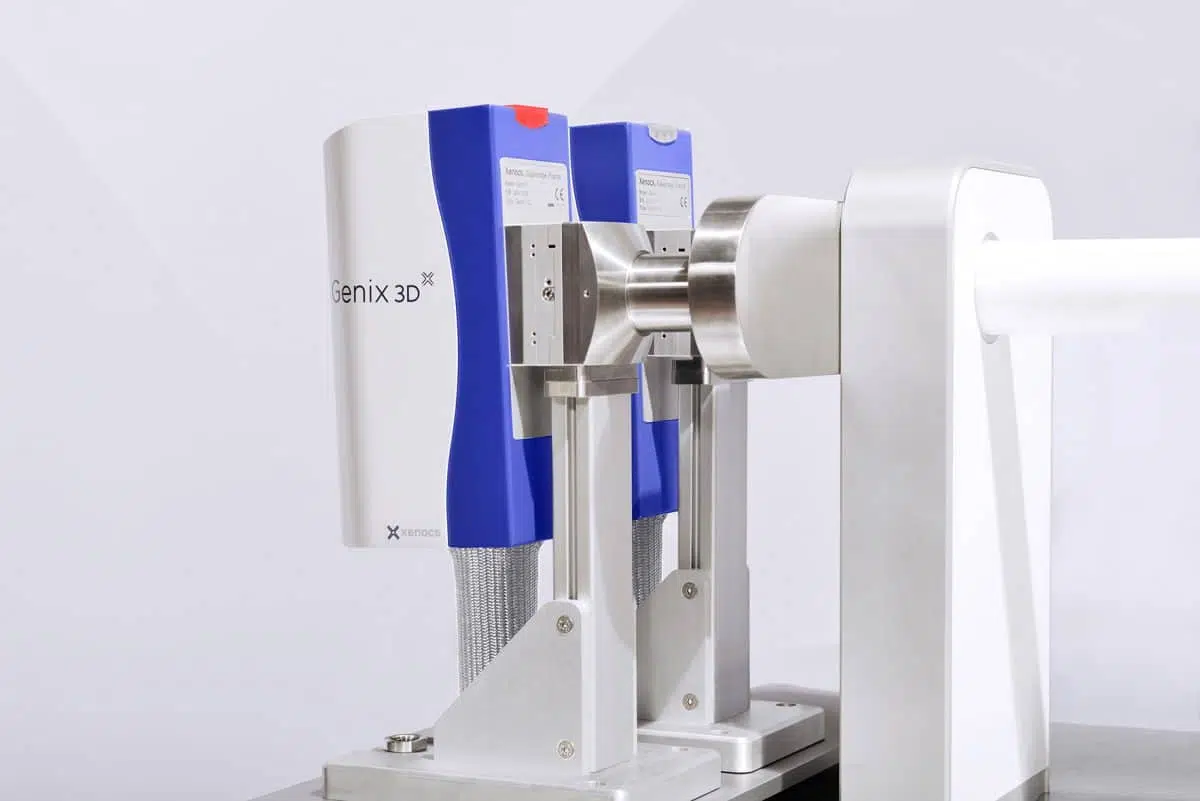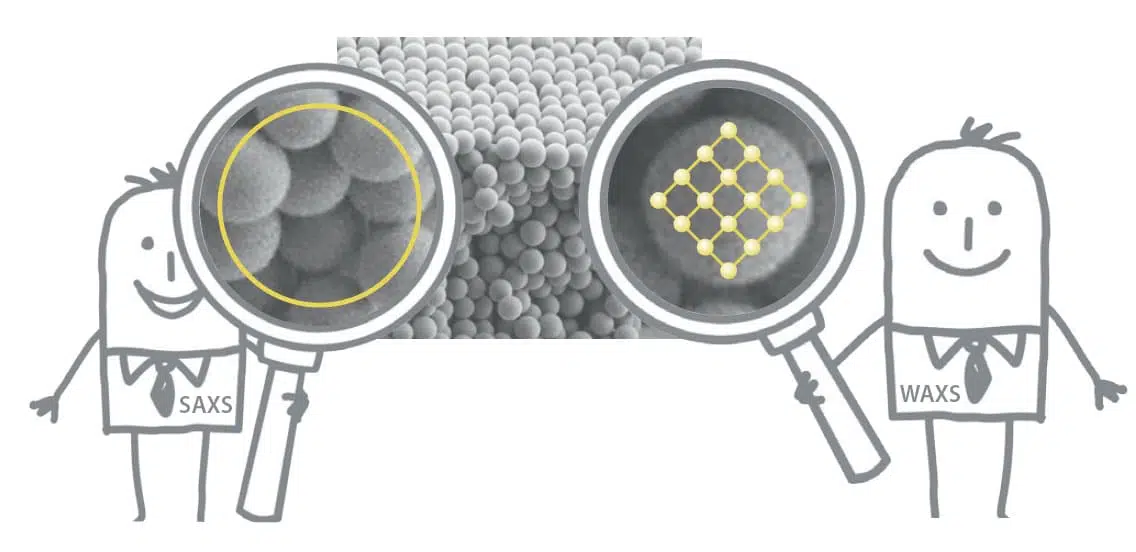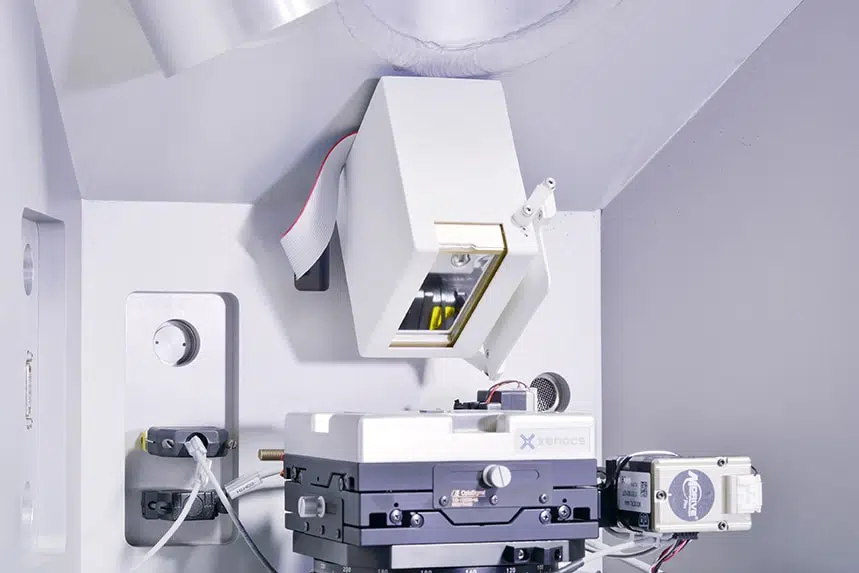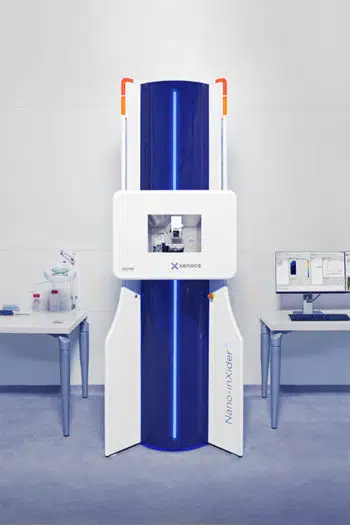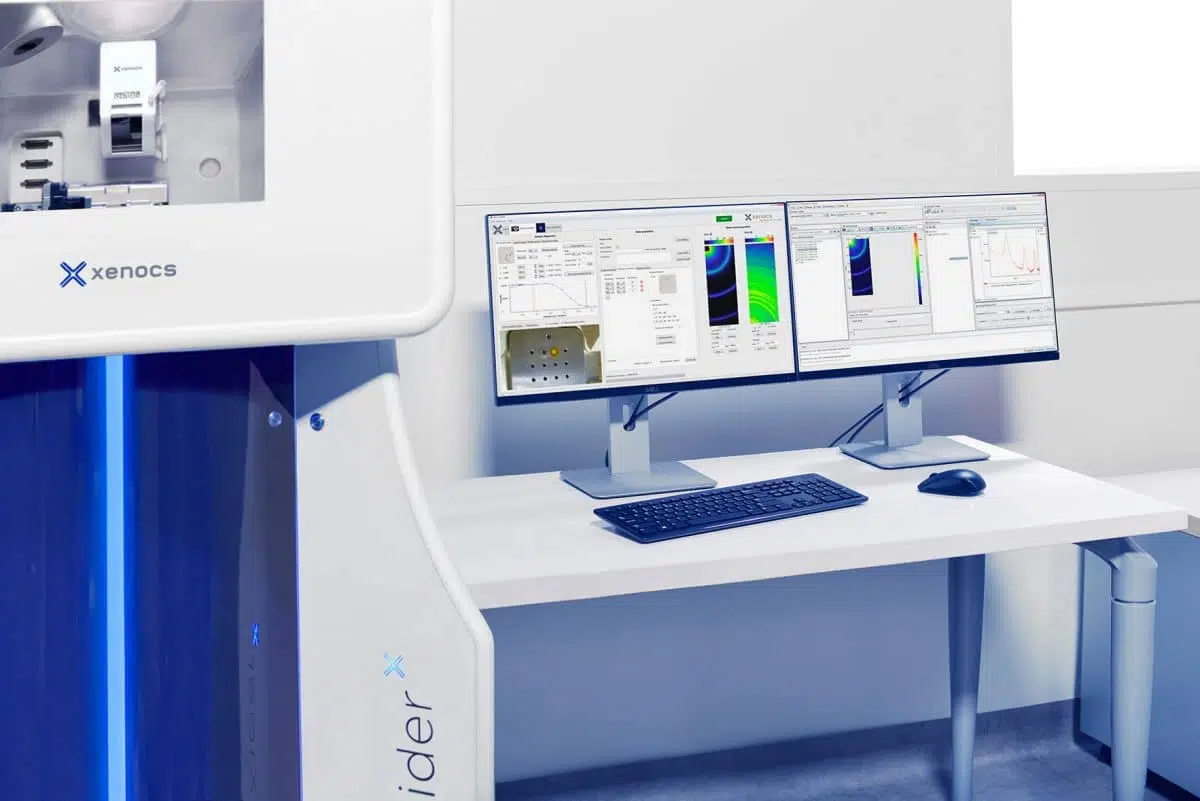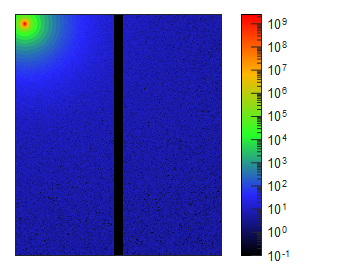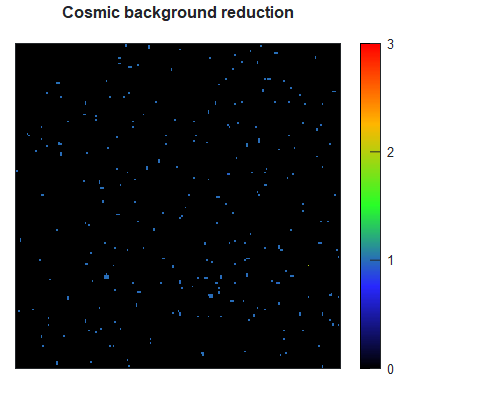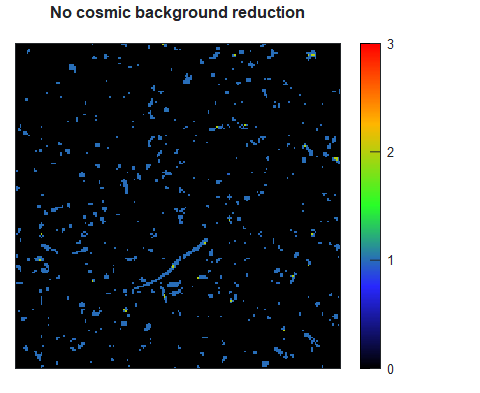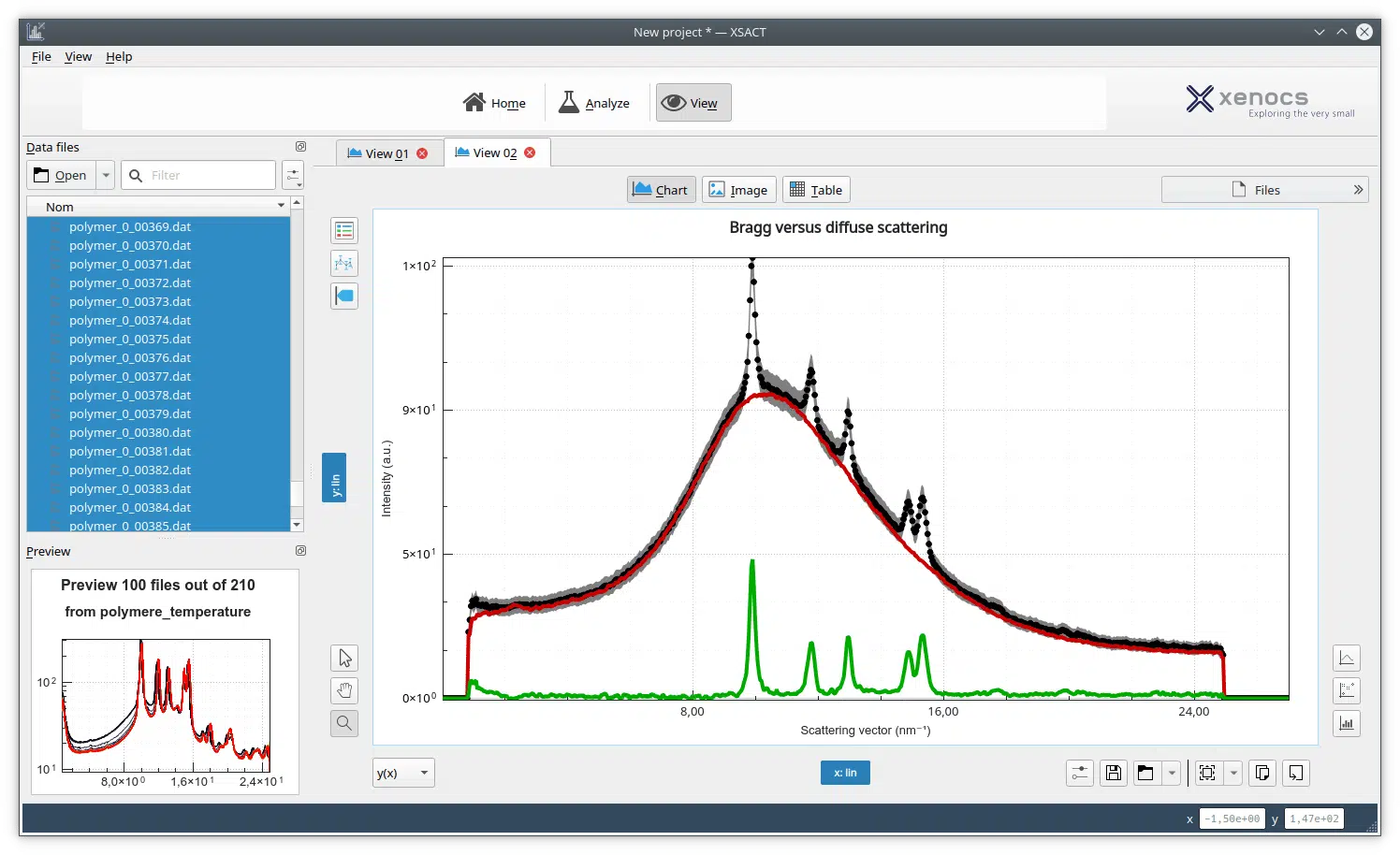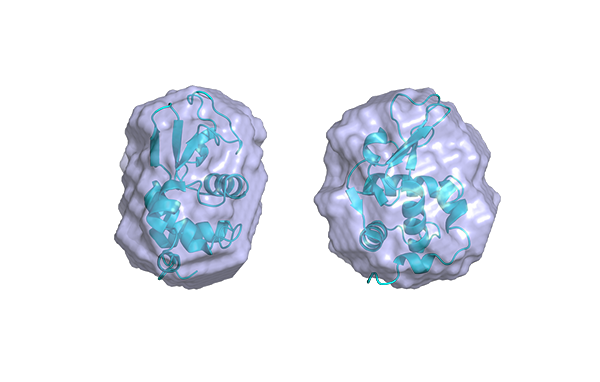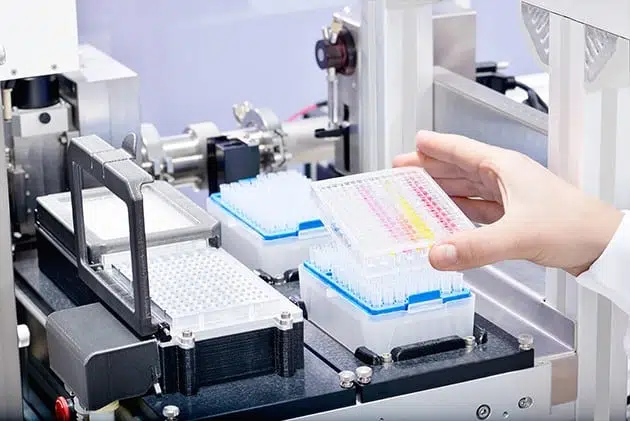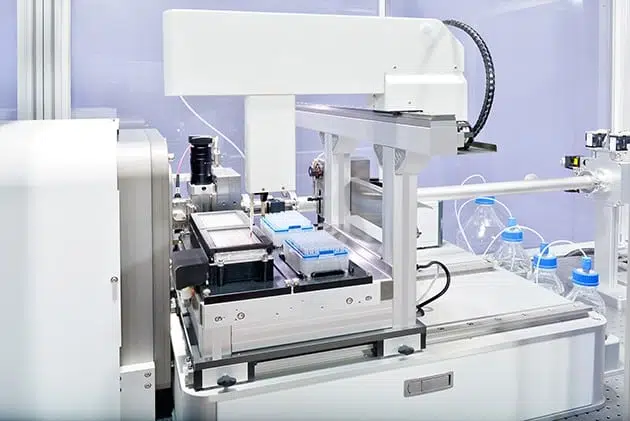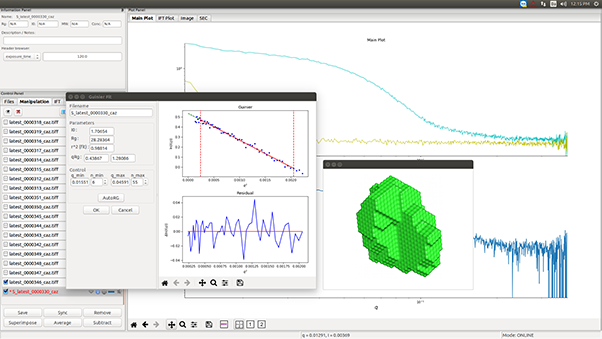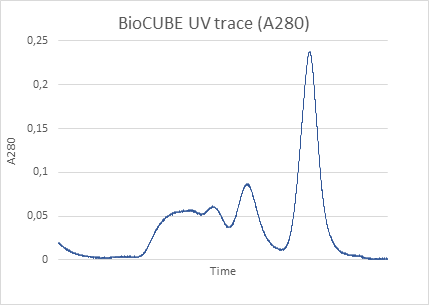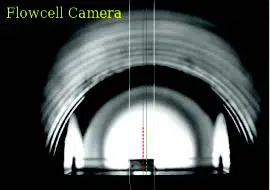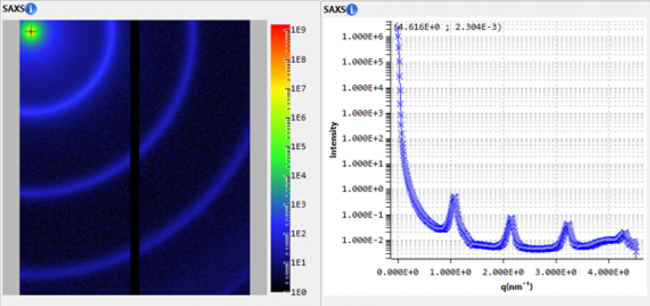In situ SAXS study of non-fat milk model systems during heat treatment and acidification
Food Research International, 2022, vol 157 DOI:10.1016/j.foodres.2022.111292 Abstract Small-angle X-ray scattering (SAXS) was used to monitor structural changes induced by heat treatment and acid gelation in milk matrices with added whey protein concentrates (WPCs) and nano-particulated whey protein (NWP). In general, heat treatment was found to mainly affect whey protein…
Effects of Hairy Nanoparticles on Polymer Crystallization Kinetics
Jimenez, Andrew M.; Krauskopf, Alejandro A.; Pérez-Camargo, Ricardo A.; Zhao, Dan; Pribyl, Julia; Jestin, Jacques; Benicewicz, Brian C.; Müller, Alejandro J.; Kumar, Sanat K.
We previously showed that nanoparticles (NPs) could be ordered into structures by using the growth rate of polymer crystals as the control variable. In particular, for slow enough spherulitic growth fronts, the NPs grafted with amorphous polymer chains are selectively moved into the interlamellar, interfibrillar, and interspherulitic zones of a…
Synthesis, Modular Composition, and Electrochemical Properties of Lamellar Iron Sulfides
Horwitz, Noah E.; Shevchenko, Elena V.; Park, Jehee; Lee, Eungje; Xie, Jiaze; Filatov, Alexander S.; Anderson, John
Transition metal chalcogenides with layered structures have emerged as promising materials for energy storage, catalysis, and electronics, among other areas. We have identified a new layered phase of iron sulfide containing interlayer solvated cations. We present an optimized synthesis for the Li+-containing material from an Fe(III) xanthate complex. Structure and…
Application of Experimental Design to Hydrogen Storage: Optimisation of Lignin-Derived Carbons
Rowlandson, Jemma L.; Coombs OBrien, James; Edler, Karen J.; Tian, Mi; Ting, Valeska P.
Lignin is a significant by-product of the paper pulping and biofuel industries. Upgrading lignin to a high-value product is essential for the economic viability of biorefineries for bioethanol production and environmentally benign pulping processes. In this work, the feasibility of lignin-derived activated carbons for hydrogen storage was studied using a…
A facile approach to thermomechanically enhanced fatty acid-containing bioplastics using metalligand coordination
Lamm, Meghan E.; Song, Lingzhi; Wang, Zhongkai; Lamm, Benjamin; Fu, Lin; Tang, Chuanbing
Biomass-based polymers show promise for the mitigation of environmental issues associated with petroleum-derived commodity polymers; however, due to poor entanglement, many of these polymers typically lack mechanical strength and toughness. Herein, we report a facile approach to utilizing metalligand coordination to create physical crosslinking, and thus chain entanglements for plant…
Ultrastructural modeling of small angle scattering from photosynthetic membranes
Jakubauskas, Dainius; Kowalewska, Lucja; Sokolova, Anna V.; Garvey, Christopher J.; Mortensen, Kell; Jensen, Poul Erik; Kirkensgaard, Jacob J. K.
The last decade has seen a range of studies using non-invasive neutron and X-ray techniques to probe the ultrastructure of a variety of photosynthetic membrane systems. A common denominator in this work is the lack of an explicitly formulated underlying structural model, ultimately leading to ambiguity in the data interpretation.…
Nanofiller Dispersion, Morphology, Mechanical Behavior, and Electrical Properties of Nanostructured Styrene-Butadiene-Based Triblock Copolymer/CNT Composites
Staudinger, Ulrike; Satapathy, Bhabani K.; Jehnichen, Dieter
A nanostructured linear triblock copolymer based on styrene and butadiene with lamellar morphology is filled with multiwalled carbon nanotubes (MWCNTs) of up to 1 wt% by melt compounding. This study deals with the dispersability of the MWCNTs within the nanostructured matrix and its consequent impact on block copolymer (BCP) morphology,…
Short and Soft: Multidomain Organization, Tunable Dynamics, and Jamming in Suspensions of Grafted Colloidal Cylinders with a Small Aspect Ratio
Parisi, Daniele; Ruan, Yingbo; Ochbaum, Guy; Silmore, Kevin S.; Cullari, Lucas L.; Liu, Chen-Yang; Bitton, Ronit; Regev, Oren; Swan, James W.; Loppinet, Benoit; Vlassopoulos, Dimitris
The yet virtually unexplored class of soft colloidal rods with a small aspect ratio is investigated and shown to exhibit a very rich phase and dynamic behavior, spanning from liquid to nearly melt state. Instead of the nematic order, these short and soft nanocylinders alter their organization with increasing concentration…
Effect of Solvent Additives on the Morphology and Device Performance of Printed Nonfullerene Acceptor Based Organic Solar Cells
Wienhold, Kerstin S.; Körstgens, Volker; Grott, Sebastian; Jiang, Xinyu; Schwartzkopf, Matthias; Roth, Stephan V.; Müller-Buschbaum, Peter
Printing of active layers of high-efficiency organic solar cells and morphology control by processing with varying solvent additive concentrations are important to realize real-world use of bulk-heterojunction photovoltaics as it enables both up-scaling and optimization of the device performance. In this work, active layers of the conjugated polymer with benzodithiophene…
Macroscopic interpretation of nano-scale scattering data in clay
Birmpilis, G.; Ahmadi-Naghadeh, R.; Dijkstra, J.
The potential of X-ray scattering measurements for monitoring changes on the nano-scale in fine-grained materials in their natural wet state is demonstrated with a series of feasibility tests on well-controlled kaolin samples that is, water content, pH and loading history. The results indicate that subtle changes on the nanometric…






